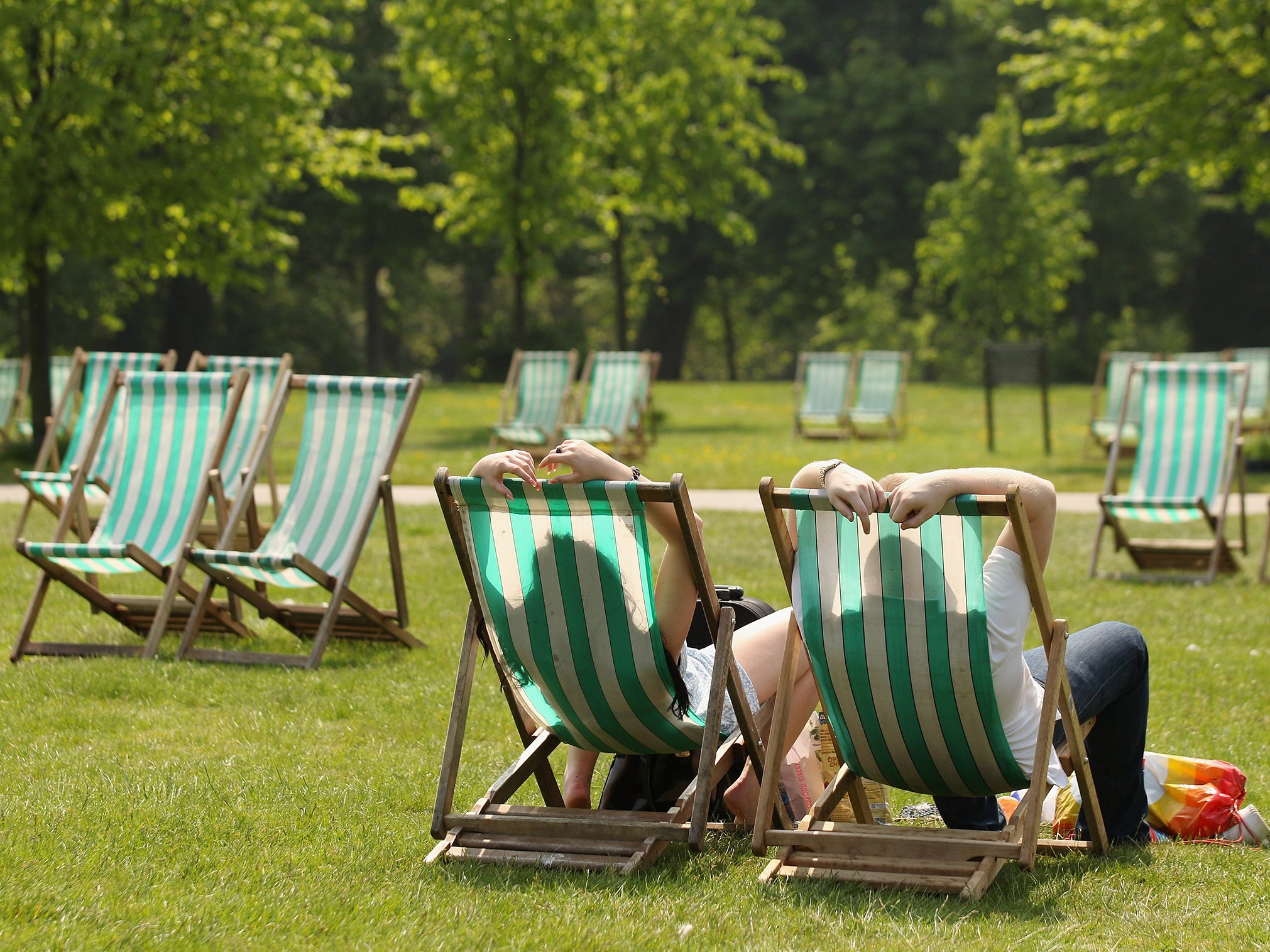Living near a park closes the gap between the rich and the poor, study claims
The research concluded that countries could use green space to help reduce socioeconomic inequalities

Your support helps us to tell the story
From reproductive rights to climate change to Big Tech, The Independent is on the ground when the story is developing. Whether it's investigating the financials of Elon Musk's pro-Trump PAC or producing our latest documentary, 'The A Word', which shines a light on the American women fighting for reproductive rights, we know how important it is to parse out the facts from the messaging.
At such a critical moment in US history, we need reporters on the ground. Your donation allows us to keep sending journalists to speak to both sides of the story.
The Independent is trusted by Americans across the entire political spectrum. And unlike many other quality news outlets, we choose not to lock Americans out of our reporting and analysis with paywalls. We believe quality journalism should be available to everyone, paid for by those who can afford it.
Your support makes all the difference.Living near a good park drastically reduces the well-being gap between rich and poor, research shows.
The mental health gulf that divides those in wealth and poverty is 40 per cent narrower for people reporting good access to green space, according to a study from Glasgow and Edinburgh universities.
Analysing responses from 21,294 urban residents in 34 European nations, academics at the Centre for Research on Environment, Society and Health found compelling evidence that open spaces helped to level health inequality.
Using the European Quality of Life Survey, researchers charted mental well-being and economic status against how easy it was for respondents to access five different neighbourhood facilities or services. These included postal services, banking services, public transport and cultural services. But it was only access to green or recreational space which had a link to narrower inequalities in well-being, according to the paper published in the American Journal of Preventive Medicine. The project led them to conclude countries could use green space to help reduce socioeconomic inequalities.
Study leader, professor Rich Mitchell of the University of Glasgow, said: “Research should explore whether these environments can help stop the wealth gap becoming a health gap.”
Join our commenting forum
Join thought-provoking conversations, follow other Independent readers and see their replies
Comments